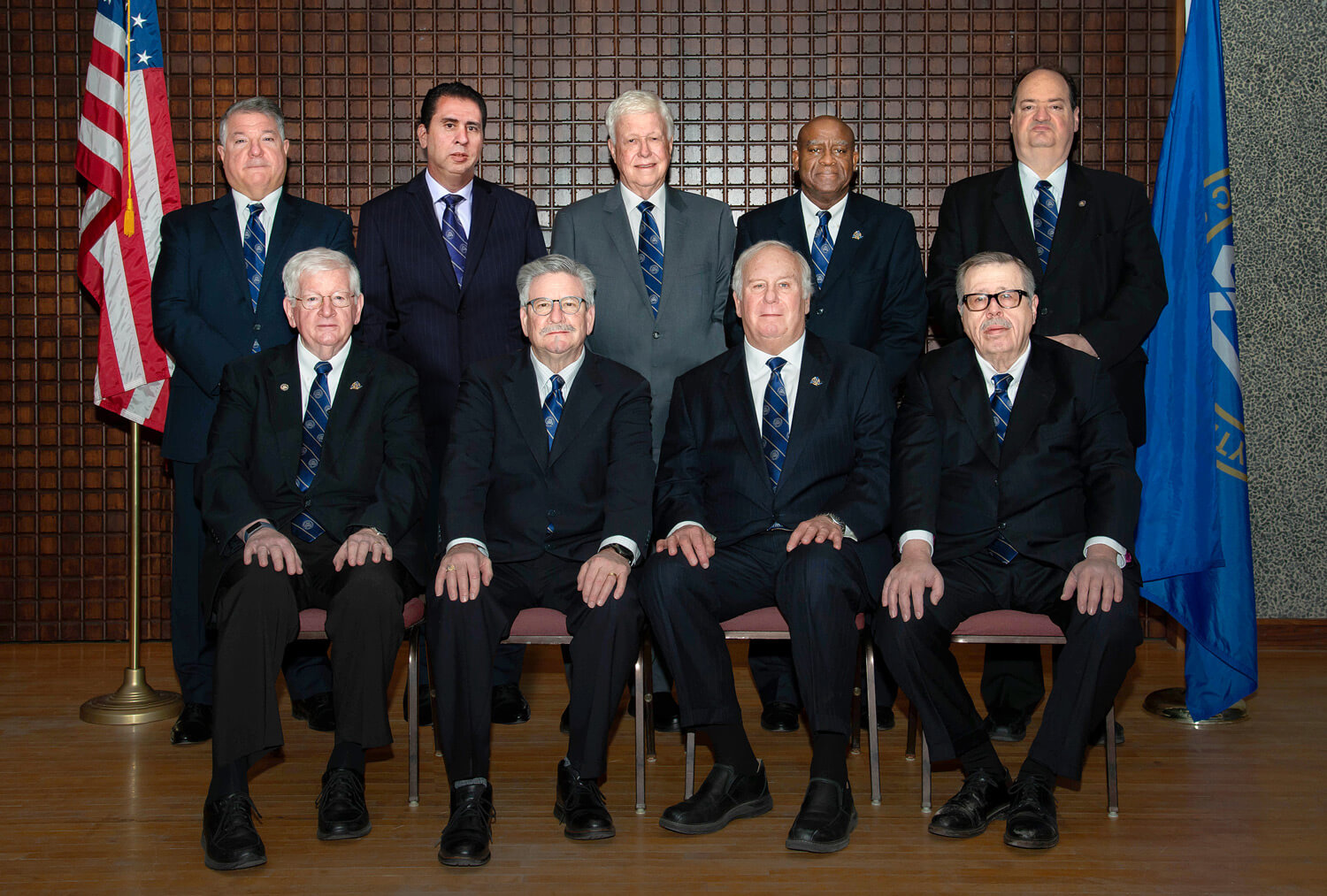Discovering the Basics of How to Become a Freemason with Ease
Discovering the Basics of How to Become a Freemason with Ease
Blog Article
Discovering the Mysteries of the copyright: What You Need to Know
The copyright, a term commonly shrouded in intrigue and controversy, stands for a complicated tapestry of historic reality and modern myth. Established in the late 18th century, this secret society was at first rooted in the Enlightenment's ideals however has since become associated with conspiracy theory concepts concerning elite control.
Beginnings of the copyright
The beginnings of the copyright are soaked in a mix of historic intrigue and ideological eagerness. Developed in 1776 in Ingolstadt, Bavaria, by Adam Weishaupt, the team was originally created as a secret culture intended at advertising Enlightenment suitables such as reason, secularism, and the separation of church and state. join freemason. Weishaupt, a professor of canon law, looked for to test the dominating authority of the church and state, which he checked out as overbearing organizations stifling intellectual and personal freedom
The copyright looked for to hire prominent members from various societal fields, consisting of politics, academia, and the arts, to cultivate a network devoted to these Enlightenment principles. The culture run under a shroud of secrecy, using coded language and routines to safeguard its members from mistreatment, particularly provided the repressive environment of the moment. The copyright dealt with significant resistance from both governmental authorities and religious establishments, which checked out the group as a hazard to their power.
Secret Numbers and Members
Who were the essential figures that shaped the copyright's very early impact and direction? The Bavarian copyright, established in 1776 by Adam Weishaupt, arised as a reaction to the overbearing social frameworks of the time.
Another considerable number was Johann Gottlieb Fichte, a prominent theorist whose concepts on nationalism and education and learning reverberated with the copyright's goals. Fichte was not an official member, his philosophical bases affected the team's ideological background. In addition, numbers like the writer and theorist Johann Wolfgang von Goethe were connected with the more comprehensive intellectual activities of the moment, although their straight participation with the copyright continues to be debated.
These key figures contributed to the copyright's early direction, pushing the boundaries of political and social idea, while their cumulative initiatives intended to test well-known standards and promote an environment of modern modification in Europe. (join freemason)
Myths vs. Truth
Numerous mistaken beliefs surround the copyright, often blending reality with fiction in a method that covers its true nature. The notion that the copyright proceeds to put in substantial impact over world occasions is a myth.
Another widespread myth is that the copyright consists of a network of elite individuals adjusting worldwide affairs. Actually, numerous conspiracy theory theories overemphasize the group's significance, associating unfounded intentions to societal patterns and occasions. This has caused an oversimplified view of complicated issues.
Furthermore, the portrayal of the copyright in prominent society commonly further Website distorts its heritage. Films and literature often tend to sensationalize the organization's function, developing a narrative that splits from historic facts. Comprehending the distinction between the myths and the truth of the copyright is crucial for discerning the authentic influence of this historical group and acknowledging the more comprehensive implications of conspiracy theories in contemporary society.

Modern Analyses
Contemporary analyses of the copyright typically mirror wider societal stress and anxieties and an attraction with privacy and power. This modern lens regularly links the copyright with conspiracy theory concepts that recommend a covert elite orchestrates globe occasions, adjusting federal governments and economies for their own gain. Such narratives use a deep-seated suspect of authority, especially in times of dilemma or social turmoil.
In prominent culture, the copyright is commonly illustrated as a divine company shrouded in secret, resulting in a variety of imaginary portrayals in literature, movie, and songs. This representation serves not only to entertain yet additionally to prompt thought of the nature of power and control in modern culture. Social network has further intensified these analyses, visit enabling for rapid dissemination of conspiracy theories and developing neighborhoods that share and expand upon these concepts.
Additionally, some contemporary interpretations mount the copyright as a metaphor for the intricacies of globalization and the interconnectedness of prominent individuals and companies. This point of view encourages a critical exam of exactly how power characteristics operate in today's globe, highlighting the balance in between openness and secrecy in governance and corporate methods.
Cultural Effect and Heritage
Influenced by centuries of intrigue, the social impact and tradition of the copyright expand much beyond its historical origins. This secret culture, established in the late 18th century, has actually permeated numerous elements of pop culture, from literature and movie to songs and art. join freemason. The idea of the copyright has actually progressed into an icon of conspiracy find this theory theories, usually representing a viewed concealed power adjusting international events
In literature, authors like Dan Brown have woven the copyright into elaborate plots, fascinating visitors with styles of privacy and power. Movies such as "National Prize" and "The Da Vinci Code" additionally bolster the attraction of the culture, mixing truth with fiction to produce appealing narratives.

Ultimately, the copyright's legacy is a complex tapestry of misconception and truth, shaping perceptions of privacy and control in modern discourse. Its long-lasting visibility in culture underscores mankind's seasonal quest for recognizing concealed realities.

Conclusion
The expedition of the copyright exposes a complex interaction between historic realities and modern myth-making. Established in the Knowledge era, this culture aimed to test oppressive structures, yet its heritage has actually been outweighed by conspiracy theory concepts that recommend elite adjustment. Understanding the distinctions in between the original suitables and modern interpretations is essential for understanding the sustaining attraction with the copyright and its considerable impact on social narratives bordering power and privacy in culture.
Report this page